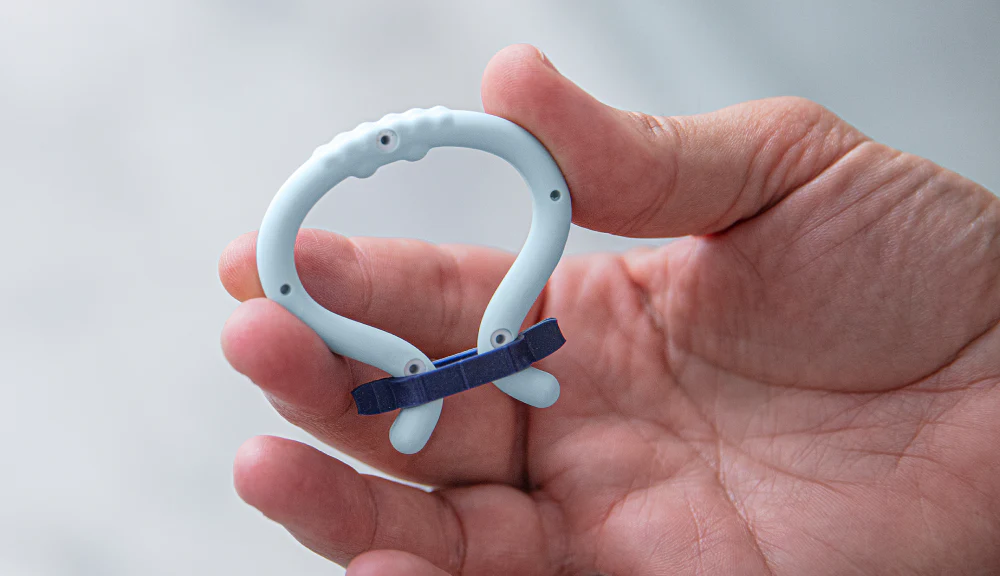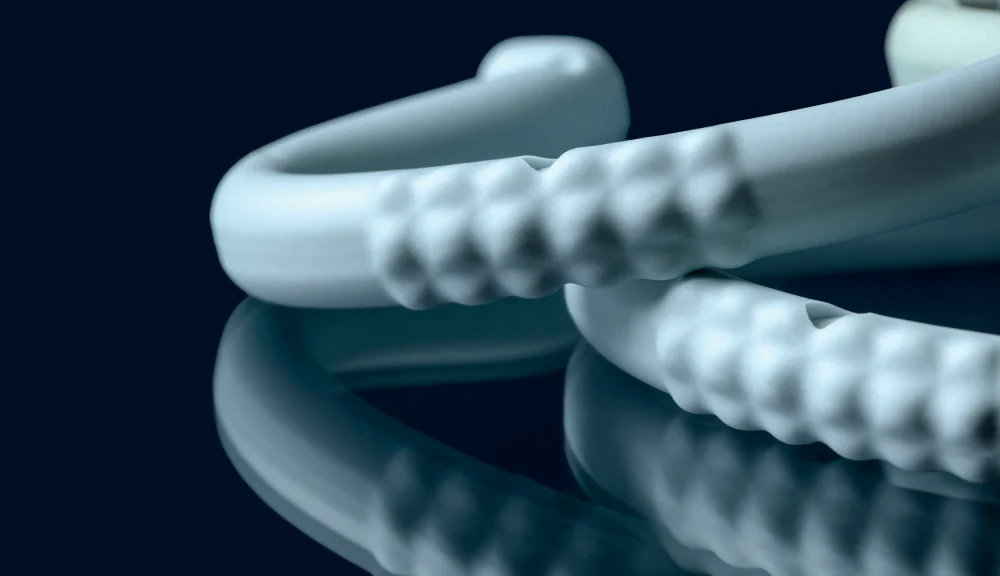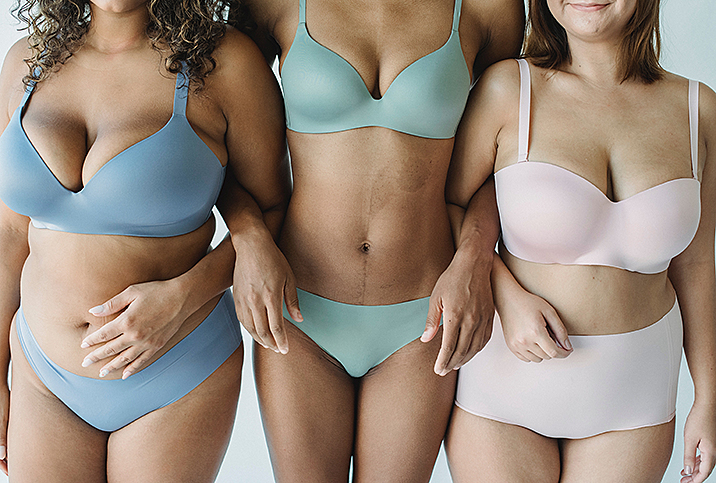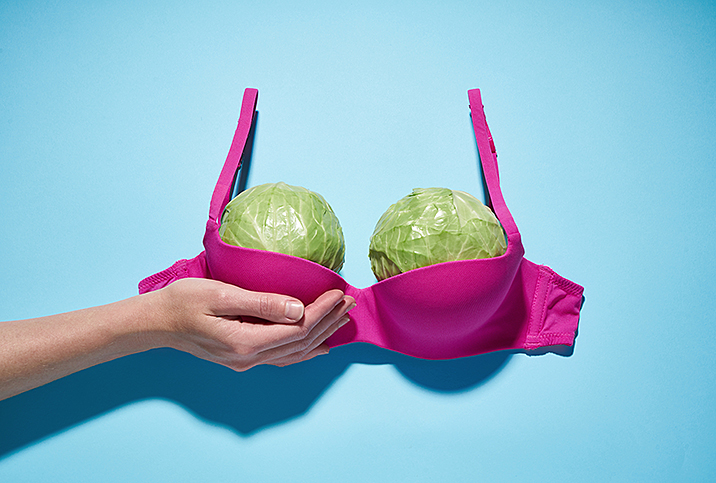Breast Density: Myths & Misconceptions

Breast tissue is considered dense if the breast contains a lot of fibrous or glandular tissue and not much fat, according to the American Cancer Society. Having dense breasts doesn’t necessarily pose an imminent health threat, but it does increase a woman’s risk for breast cancer and may require more extensive cancer screenings over time.
Here, we’ll take a look at five common myths about breast density and the truth behind them, so you can debunk them for yourself and others.
Myth: I can determine if I have dense breasts based on how they feel.
Reality: The only medically accurate way to determine whether you have dense breasts is by looking at the results of a mammogram. This is because a mammogram can reveal how much fibrous or glandular tissue is in your breast in comparison to how much fat it contains. You won’t be able to determine whether you have dense breasts through a self-exam, because having dense breasts doesn’t affect the way they feel on the outside.
Myth: There’s no point in getting a mammogram if I have dense breasts.
Reality: Mammography is an effective and necessary screening tool for all women, even if you already know you have dense breasts. Having dense breasts does make it more difficult to interpret mammogram results, because fibrous and glandular tissue appears white in a mammogram, the same as masses and tumors do, while fatty tissue appears almost black. For this reason, mammograms tend to be less accurate for women with dense breasts. If your doctor sees something in your mammogram results that is difficult to interpret, they may recommend supplemental imaging tests, such as an ultrasound or an MRI (magnetic resonance imaging).
Myth: I’m more likely to have dense breasts if I’m overweight.
Reality: Being overweight has little effect on whether you have dense breasts, according to medical experts. In fact, the Centers for Disease Control and Prevention (CDC) reports that dense breasts are most common among women who are younger, pregnant or breastfeeding, taking hormone replacement therapy, or who have a lower body weight.
Myth: Breast density doesn’t change.
Reality: It’s actually quite common for a woman’s breast density to change over time. For most women, breast density declines as they get older. On the other hand, some women retain their breast density even as time passes. Regular screenings can help you to consistently stay informed about the changing density of your breasts.
Myth: Having dense breasts doesn’t affect cancer risk.
Reality: In reality, having dense breasts puts a woman at greater risk of developing breast cancer at some point in her lifetime. Doctors are unsure why this is the case. And since dense breasts can make it more likely for breast cancer to go undetected, you should talk to your doctor about screening and prevention strategies. Your doctor may recommend more frequent mammograms, or supplemental imaging tests along with your annual mammogram, to more closely analyze your breast tissue for potential signs of cancer.
Understanding your breast density is an important part of being informed about your personal risk for breast cancer. Don’t let common misconceptions keep you from practicing essential preventive care.


















